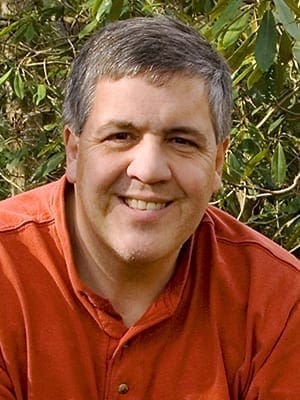Many important stories have made national headlines in recent weeks, but one story about a sixth mass extinction was likely overlooked.
A USA Today article provides horrifying statistics from a recent report concerning the extinction of species.
The study, which first appeared recently in Science Advances, claims, “Our global society has started to destroy species of other organisms at an accelerating rate, initiating a mass extinction episode unparalleled for 65 million years.”
Even using conservative statistics, recent extinction rates are unprecedented in the history of mankind, the report said. Some of the statistics are almost unfathomable:
- We are currently losing mammal species 20 to 100 times the rate of the past.
- Since 1900, 69 mammal species have gone extinct, along with 400 other invertebrates.
- We have lost 52 percent of the Earth’s bird, mammal, fish, reptile and amphibian population since 1970.
The last mass extinction, the fifth one, included the disappearance of the dinosaurs.
Scientists have long pondered the cause of this mass extinction, with answers including a meteor hitting the earth and climate change.
But what is the cause of the current one? According to the study, humans are.
“At current rates of consumption and emissions, 1 1/2 Earths would be required to meet humanity’s demands on nature each year. Those demands include renewable resources like food, fuel, land and forests we need to absorb our carbon emissions,” the USA today article said.
The reason, according to the report, is that “for more than 40 years, humanity’s demand has exceeded the planet’s biocapacity – the amount of biologically productive land and sea area that is available to regenerate these resources.”
If the statistics and information in this report are accurate, this is truly disturbing news.
A natural catastrophe of epic proportions is in the works, due in large part to our poor stewardship of the earth.
I realize that there are many people who won’t care that so many species created by God are disappearing at a rapid rate.
Unfortunately, it seems many humans are only concerned about their own survival.
I’d like to think that the biblical story of Noah is a reminder to us that God cares about all creatures.
I also believe that God’s declaring all the animals he made to be good in Genesis 1 is another such reminder.
In my mind, the needless elimination of any species is a great sin on our part for which we must repent.
I spent a good bit of time wandering the halls of the Chicago Institute of Art a few days prior to reading about this report.
I was overwhelmed by the vast collection of artwork assembled there. So many of the pieces on display are priceless.
I wonder what the response would be if 52 percent of this collection disappeared over the next 40 years? Would that be viewed as something insignificant? Or would it be viewed as a national tragedy? I would like to think the answer would be the latter.
In the same way, all of us should be very concerned about the ever-increasing loss of species on earth. We have a moral and spiritual obligation to do something about it.
Not only should we support efforts to save various endangered species, we must also look at our own lifestyles and see if there are not steps that need to be taken to lessen our demand on the earth’s resources.
We simply cannot continue to move in the direction we’ve been heading and not expect there to be dire consequences not only for a long list of endangered creatures but also for ourselves.
I have a strong feeling that the USA Today story has been lost in the shuffle of all the other major news headlines surrounding its release.
Hopefully, however, it will not be lost for long. This is something that demands our attention, and the sooner the better.
 Chuck Summers is a pastor of the First Christian Church (Disciples of Christ) in Henderson, Kentucky. He is also a photographer whose work has appeared in numerous national magazines and calendars; he has published three photography books. A version of this article first appeared on Seeing Creation, a blog that Summers co-authors with Rob Sheppard, and is used with permission.
Chuck Summers is a pastor of the First Christian Church (Disciples of Christ) in Henderson, Kentucky. He is also a photographer whose work has appeared in numerous national magazines and calendars; he has published three photography books. A version of this article first appeared on Seeing Creation, a blog that Summers co-authors with Rob Sheppard, and is used with permission.
Chuck Summers is a pastor of the First Christian Church (Disciples of Christ) in Henderson, Kentucky.

